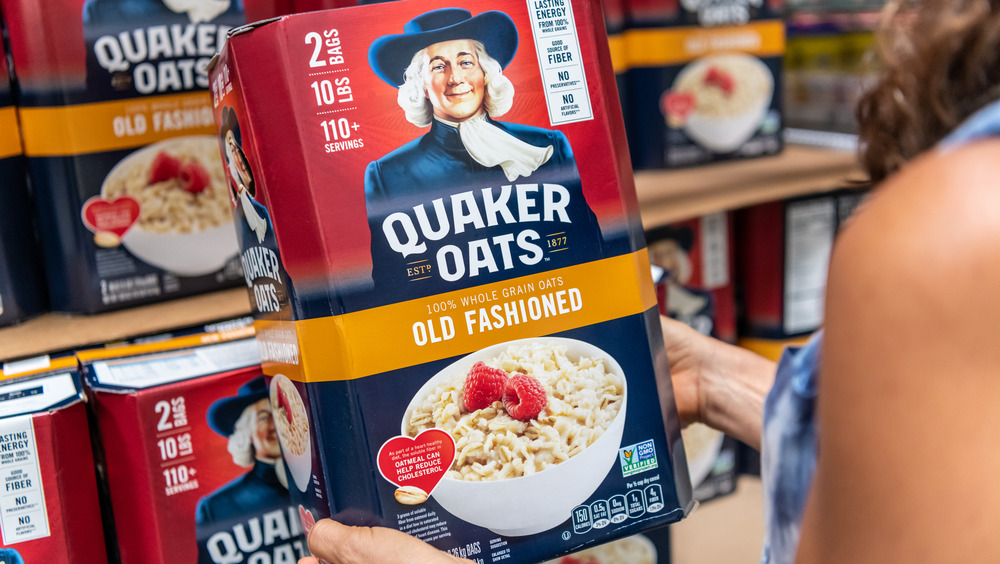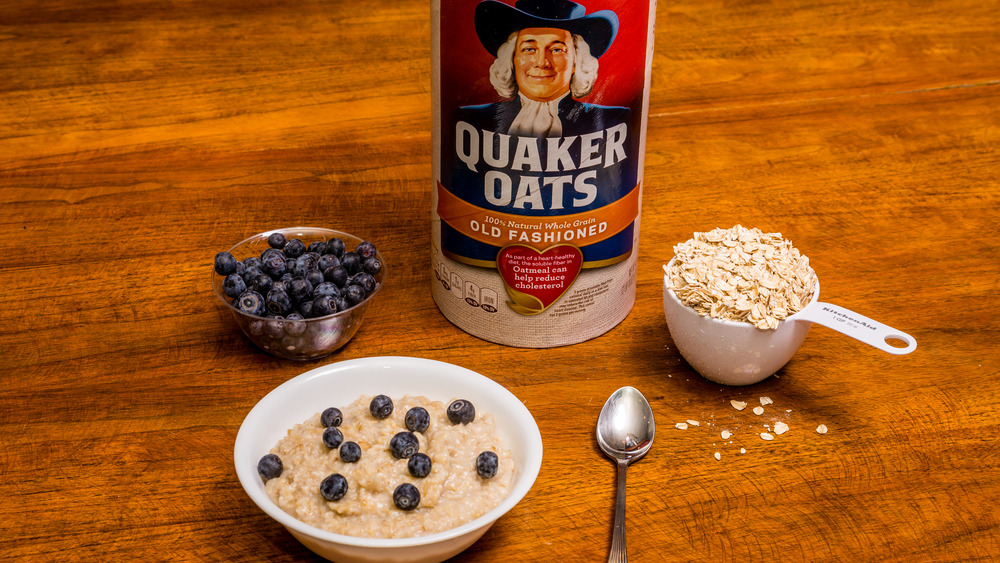The Bizarre Reason Quaker Oats Was Once Sued
On January 8, 1998, Massachusetts Institute of Technology (MIT) announced that it and the Quaker Oats company would pay $1.85 million as part of an out of court settlement with some of the children of the Walter E. Fernald State School, a publicly-funded institution for children with developmental disabilities and those abandoned by their parents (via The Tech). The reason these strange bedfellows had to pay such a sum was due to the fact that the two had laced Quaker Oats breakfasts with radioactive iron and calcium tracers and served them to kids 40 to 50 years beforehand. They managed this by creating a Science Club, in which the members would go to Red Sox games and receive free breakfasts, according to The Tech.
While MIT admitted they had not followed the rules of consent because such a standard did not exist at the time, they protested that the radioactivity of the substances given to the children were below both the standard used at the time and when the settlement was reached, meaning no one was harmed. However, that they specifically chose children kept at the margins of society suggests the original researchers were not as sure.
Quaker Oats wanted to prove its nutritiousness
MIT ended up paying most of the money as it conducted the experiment, while Quaker Oats, according to Priceonomics, only provided funding. However, that leaves the question of why Quaker Oats would pay a research institution to feed children radioactive versions of its products.
At the time, Quaker Oats and Cream of Wheat struggled over the growing cereal market. Smithsonian Magazine reports that during their competition, research suggested that oats boasted a high level of phytate, a cyclic acid that could stop the absorption of iron. Farina, a type of milled wheat which Cream of Wheat used, did not do so. Quaker Oats, then, wanted the radioactive tracers to show that the children who ate their food did in fact absorb the iron contained within it. The results showed that Quaker Oats fared no worse than Cream of Wheat when it came to absorbing nutrients into the bloodstream.
While that was very nice for Quaker Oats, the point was that the experiment manipulated children who were barred from society. "Some of us had to sign our own forms, but at that particular time I could not read or write," Austin LaRoque said in a bit quoted by Priceonomics. "I had no knowledge of anything other than the fact that I do what I'm told when I'm told." While they may not have been particularly harmed by the experiment itself, the fact that they were used in this immoral way left its mark.

